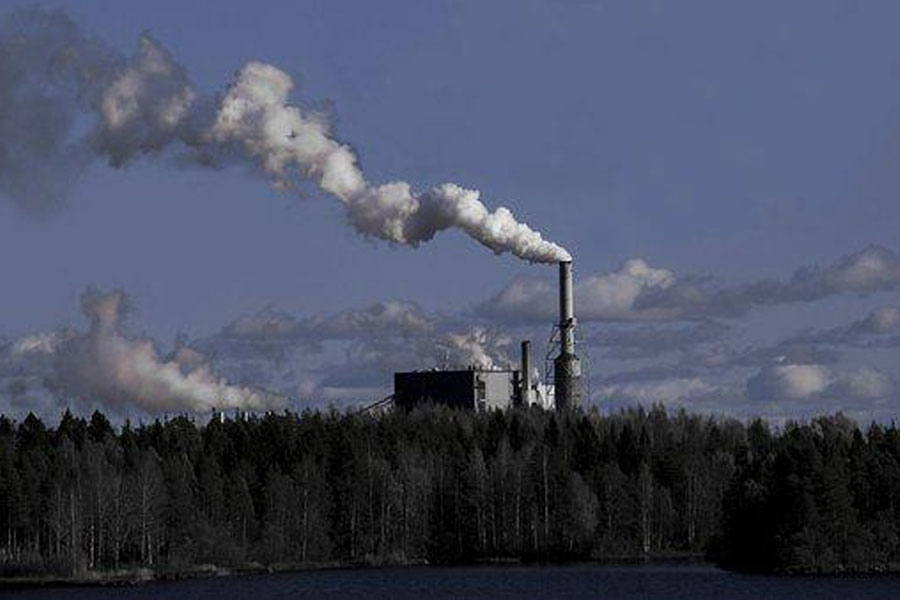Fast fashion is a buzzword lately, with the fashion houses and climate change advocates, but what does it mean, and how does it impact you? The term fast fashion is based on the fashion industry model where runway fashion is duplicated and sold at department stores. This seasonal cycle means new garments are created, sold, and discarded every season.
For fashion retailers, this model creates very high demand from customers, knowing that the items available this summer will not be back next season. They may not be available at the end of summer. This creates a feeling of exclusivity, like the high rollers section at a casino or the VIP backstage area at a music concert. If retailers are making money and shoppers always have access to the latest trends, then there is a happy medium struck, yes?
The Ugly Side
The first problem is that these garments are mass-produced in countries with developing economies. The conditions in these factories are generally unsafe, with employees being exposed to chemicals and dyes. Because the clothes are sold cheaply in the US and UK, wages are meagre. American retailers import over 90% of their merchandise, so less than 10% is locally produced. What happens to their local manufacturing industry?

As clothes become cheaper and trend cycles speed up, people discard their clothes more frequently. The quality of these clothes is also low, meaning shoppers will not want to keep the item for longer than a year. In Australia alone, it is estimated that more than 500 000 000kg of unwanted clothes are in landfills. This contributes to an already severe pollution and global warming problem.
The environmental impact of fast fashion is not just when items are discarded but also when they are produced. It takes about 3000 litres of water to produce one cotton shirt. You can imagine how much water is used on a massive production scale. Most of the waste ends up in rivers, lakes, and the sea.
What you can do
The first thing is to spot fast fashion brands; this can be seen by how quickly a retail brand re-produces an item from the catwalk to its shelves. The faster the item is available, the more you know they are culprits.
We understand that times are tough and not everyone can afford expensive clothing, but try to limit your spending on clothes. Don’t be too quick to throw away clothing items. If a zip is damaged, fix it, or you can even alter a garment and wear it differently.
Look at buying quality classic pieces that will last rather than trendy items. It’s okay to wear the same item of clothing for more than one season; just accessorise it differently.
Lastly
Global warming is a matter we all need to take seriously, and everything we consume impacts the current crisis, either positively or negatively. We need to play our part in ensuring we preserve our world because until we can live on Mars, Earth is all we got.








